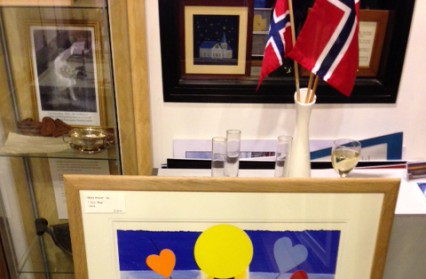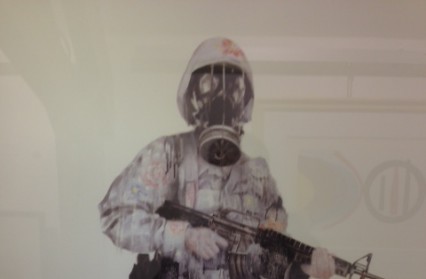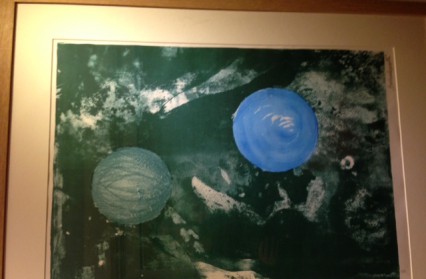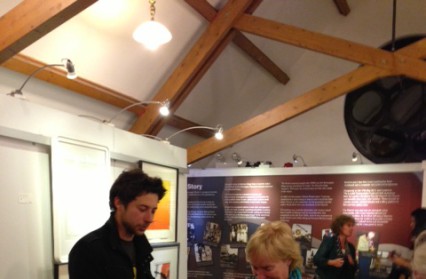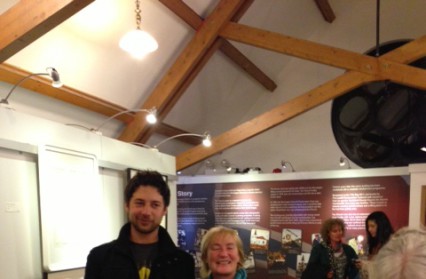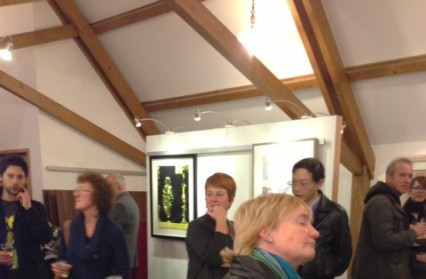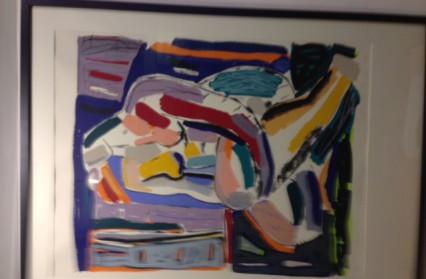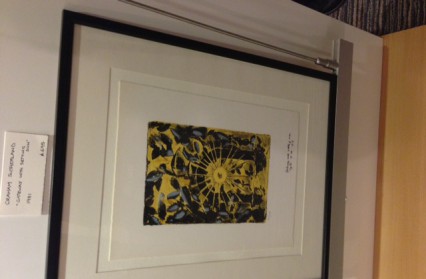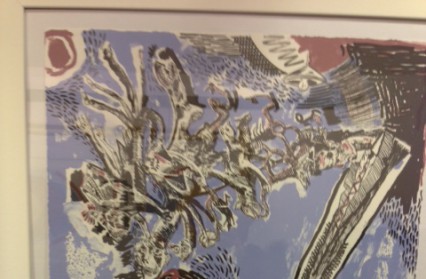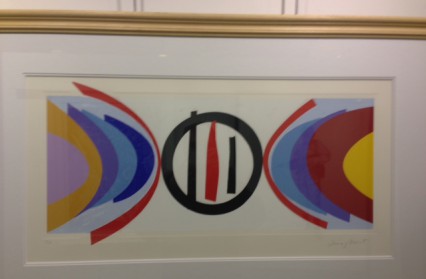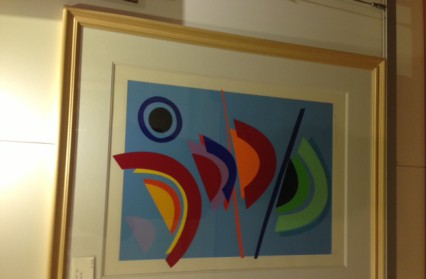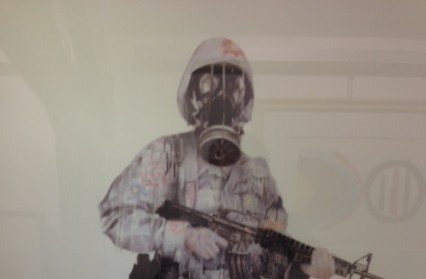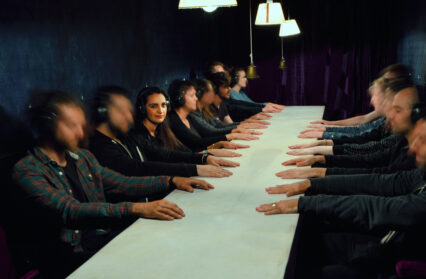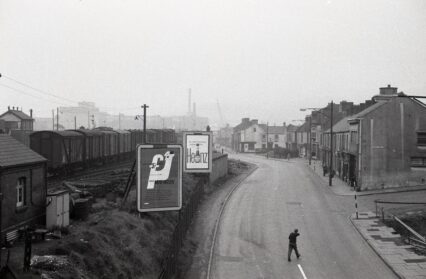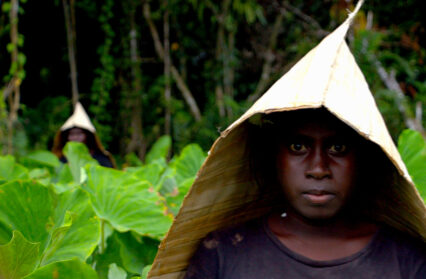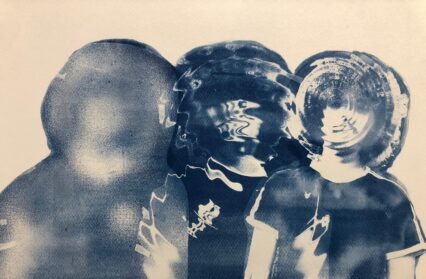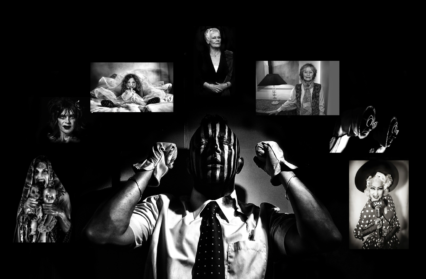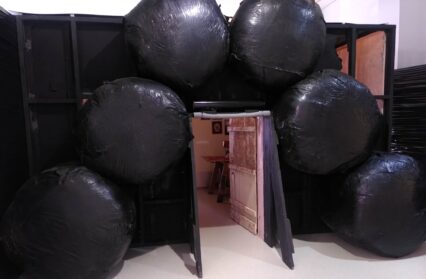
Various artists,
The Norwegian Church,
Cardiff Bay
All I really need to do is give you a list of surnames of the artists shown for this exhibition at Cardiff Bay’s Norwegian Church: Picasso, Hepworth, Sutherland, Frost, Emin – and that’s just for starters. There’s also Herman, Micallef and Frink. The show’s curator, Bill Garnett, has a collection that any museum would be proud of and this can only be to the benefit of The Mothers of Africa, the charity this show raised funds for.
It is obvious on first entering the gallery space that this show is going to be a good one. You won’t always walk into a show in Cardiff and be confronted by a work such as Tracey Emin’s ‘When I Think About Sex’ but this is the first work that Garnett has put at the top of the stairs. Showing a naked figure looking down and slightly to the side, the vulnerable figure in the centre of the print looks isolated and alone. You get the impression that if this is how Emin feels when she thinks about sex, then she is more troubled than any interview or newspaper article has had us believe yet.
Emin’s work is above Elisabeth Frink’s ‘Venus and the Cat’ (1968) showing what seems to be two pre-coital figures. The man knowingly faces away from the woman, as she holds up a mouse to his back – she seems to be asking if he is a man or is he more similar to the rodent which she holds in front of her. Put together with Emin’s work below, we can see how two very different artists a generation apart can be thematically linked through the influence of the old to the new.
if this is how Emin feels when she thinks about sex, then she is more troubled than any interview or newspaper article has had us believe
And what of the younger generations? How are they represented in this show? Some of John Abell‘s lithographs from his recent residency in the prestigious Curwen Studio appear. ‘Cabaret Girls’ shows a Moulin Rouge-style scene that Toulouse Lautrec may have doodled if he had access to Abell’s depraved imagination. As the band plays at the foot of the stage a woman sits nonchalantly picking her nose for the audience’s pleasure, while her legs are wide open. In the distance, silhouetted formal figures dance, showing that Joie de Vivre is not all it seems.
Lilith Gough‘s ‘Untitled’ is a startling image of an old man staring back at the viewer. His haggard, haunted face is perfectly captured in the medium of the lino-cut – yet his pained look is turned in on itself as his skin is covered in warm yellow and orange hues. Perhaps it is the figure reflected in his pupils that gives him this glow, walking away, never to be seen again.
I will admit that I have a soft spot for that which is different, and the way Garnett has hung this show appeals to my aesthetic understanding of the Parisian salon-style hangings of the mid nineteenth century. To see something like Sir Terry Frost’s ‘Sun Tree’ left nonchalantly leaning against a wall as if discarded is a delight compared to the stuffy formality of other galleries. And seeing something like Barbara Hepworth’s ‘Sun & Marble’ (1971) hung at a slight angle is a refreshing sight indeed – not perhaps for a better understanding of the figures, but definitely for the relaxed and jovial atmosphere that Garnett created for this show.
All photos: Plangu Heggem



